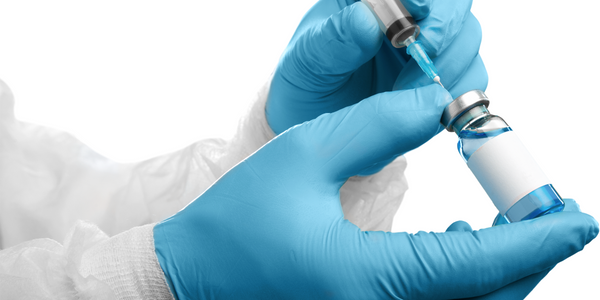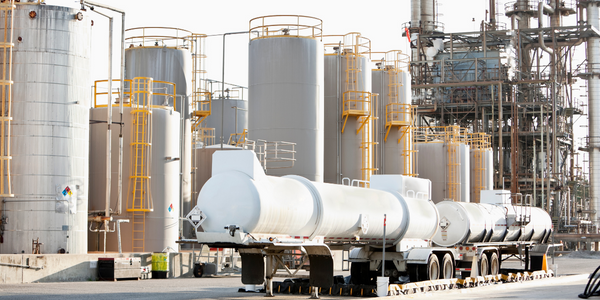公司规模
Large Corporate
地区
- America
- Europe
国家
- United States
- Brazil
产品
- Blue Yonder’s transportation management
技术栈
- Data tracking
- Geo mapping
实施规模
- Enterprise-wide Deployment
影响指标
- Cost Savings
- Customer Satisfaction
- Productivity Improvements
技术
- 平台即服务 (PaaS) - 连接平台
适用行业
- 药品
适用功能
- 物流运输
用例
- 供应链可见性(SCV)
- 交通模拟
服务
- 系统集成
关于客户
拜耳是一家跨国制药和生命科学公司,也是世界上最大的制药公司之一。拜耳总部位于德国勒沃库森,业务领域包括制药、消费者健康、作物科学和动物健康。该公司是医疗保健和农业领域的知名创新者。拜耳的产品和服务旨在通过支持克服全球人口增长和老龄化带来的主要挑战的努力来造福人民。该公司致力于可持续发展的原则,拜耳品牌代表着全世界的信任、可靠性和质量。
挑战
拜耳(原孟山都)发现,需要在全球范围内标准化其端到端运输流程,此前该流程在不同运营地区采用不同的做法。该公司的物流流程需要响应能力来满足时间敏感的客户需求,而该公司在全球市场的持续增长加剧了这一压力。标准化的迫切需求加上季节性挑战、公路运输挑战以及缺乏足够的工具和流程来提供物流可见性,提高了人们对全面数字化物流改革必要性的认识。拜耳的目标是改善客户体验,在保持高效的同时,持续为客户提供更好的信息。
解决方案
拜耳整合了 Blue Yonder 的运输管理功能,通过整合路线和优化负载来优化成本,并采用行业领先的供应商投标和承运商合同管理实践,从而实现端到端物流运营的现代化。先进的技术使拜耳规划人员能够利用移动性、数据跟踪和地理映射方面的新功能,提高他们做出实时决策的能力,从而最大限度地提高响应能力。运输管理平台与更新的业务实践帮助拜耳通过最大限度地提高卡车运力并减少仅在巴西的 140 万英里车辆行驶里程来提高资产利用率,从而减少其在全球范围内的碳足迹。与跟踪平台的集成提供了实时交付信息,因此客户服务团队可以在一个电话中回答问题,甚至可以在交付发生意外变化时主动采取行动。
运营影响
数量效益

Case Study missing?
Start adding your own!
Register with your work email and create a new case study profile for your business.
相关案例.

Case Study
Case Study: Pfizer
Pfizer’s high-performance computing software and systems for worldwide research and development support large-scale data analysis, research projects, clinical analytics, and modeling. Pfizer’s computing services are used across the spectrum of research and development efforts, from the deep biological understanding of disease to the design of safe, efficacious therapeutic agents.

Case Study
Fusion Middleware Integration on Cloud for Pharma Major
Customer wanted a real-time, seamless, cloud based integration between the existing on premise and cloud based application using SOA technology on Oracle Fusion Middleware Platform, a Contingent Worker Solution to collect, track, manage and report information for on-boarding, maintenance and off-boarding of contingent workers using a streamlined and Integrated business process, and streamlining of integration to the back-end systems and multiple SaaS applications.

Case Study
Process Control System Support
In many automated production facilities, changes are made to SIMATIC PCS 7 projects on a daily basis, with individual processes often optimised by multiple workers due to shift changes. Documentation is key here, as this keeps workers informed about why a change was made. Furthermore, SIMATIC PCS 7 installations are generally used in locations where documentation is required for audits and certification. The ability to track changes between two software projects is not only an invaluable aid during shift changes, but also when searching for errors or optimising a PCS 7 installation. Every change made to the system is labour-intensive and time-consuming. Moreover, there is also the risk that errors may occur. If a change is saved in the project, then the old version is lost unless a backup copy was created in advance. If no backup was created, it will no longer be possible to return to the previous state if and when programming errors occur. Each backup denotes a version used by the SIMATIC PCS 7 system to operate an installation. To correctly interpret a version, information is required on WHO changed WHAT, WHERE, WHEN and WHY: - Who created the version/who is responsible for the version? - Who released the version? - What was changed in the version i.e. in which block or module of the SIMATIC PCS 7 installation were the changes made? - When was the version created? Is this the latest version or is there a more recent version? - Why were the changes made to the version? If they are part of a regular maintenance cycle, then is the aim to fix an error or to improve production processes? - Is this particular version also the version currently being used in production? The fact that SIMATIC PCS 7 projects use extremely large quantities of data complicates the situation even further, and it can take a long time to load and save information as a result. Without a sustainable strategy for operating a SIMATIC PCS 7 installation, searching for the right software version can become extremely time-consuming and the installation may run inefficiently as a result.

Case Study
ELI LILLY ADOPTS MICROMEDIA’S ALERT NOTIFICATION SYSTEM
Pharmaceutical production is subject to a strict set of enforced rules that must be adhered to and compliance to these standards is critically necessary. Due to the efforts of WIN 911’s strategic partner Micromedia, Lilly was able to adopt an alarm notification infrastructure that integrated smoothly with their existing workflows and emergency hardware and protocols. These raw energy sources enable the industrial process to function: electricity, WIN-911 Software | 4020 South Industrial Drive, Suite 120 | Austin, TX 78744 USA industrial steam, iced water, air mixtures of varying quality. Refrigeration towers, boilers and wastewater are monitored by ALERT. Eli Lilly identified 15000 potential variables, but limitations compelled them to chisel the variable list down to 300. This allowed all major alarms to be covered including pressure, discharge, quantity of waste water discharged,temperature, carbon dioxide content, oxygen & sulphur content, and the water’s pH.









